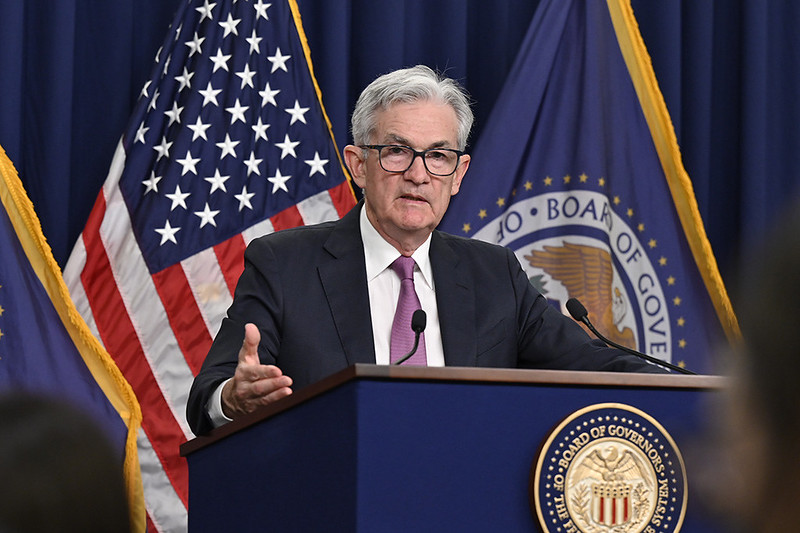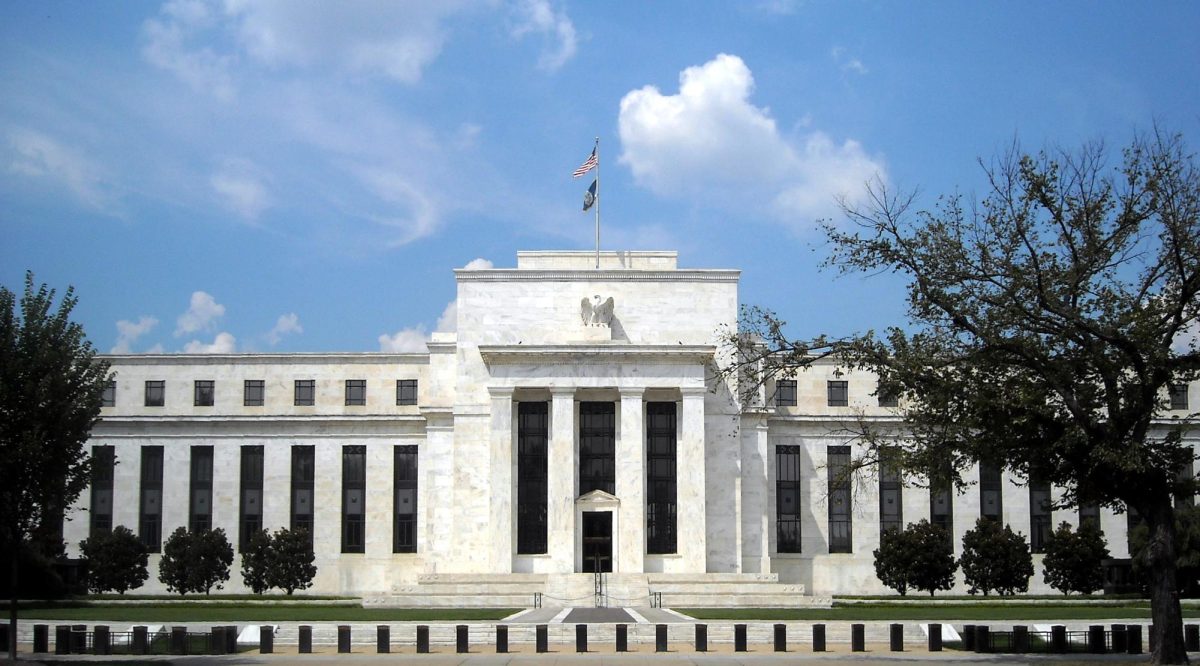In its Federal Open Market Committee meeting, Federal Reserve officials decided to maintain interest rates on Sept. 20, keeping the federal funds rate in the target range between 5.25% and 5.5%.
Although the rate remains at a 22-year-high, this meeting marks a pivotal moment for the Fed.
The Fed seemed pleased with its progress in its battle on inflation. It even announced that it will shift to an initial rate reduction in 2024, signaling confidence in managing the economic landscape.
For the first time, FOMC members projected in this meeting that the fed funds rate will reach 2.9% in 2026.
This forward-looking stance suggested cautious optimism about the economy’s trajectory.
However, Fed Chair Jerome Powell did reiterate multiple times that the slowdown in inflation gave room for the Fed to take a more measured approach to proceed rather than persistently and aggressively raising rates.
Additionally, the Fed hinted at the possibility of another rate increase before the year’s end. This adjustment in strategy signaled a shift toward a soft landing, a scenario that seemed more probable due to the Fed’s commitment to its primary objective: bringing inflation below the 2% target and restoring price stability.
Powell acknowledged the current threats to the economy, including auto workers strikes, rising oil prices and the risk of a government shutdown, yet reassured that the economy remains resilient.
The market’s reaction to the news was not enthusiastic, with the S&P 500 falling nearly 0.9%, the Nasdaq Composite losing 1.5% and the Dow down 0.2%. These reactions highlighted the market’s cautious stance and investors’ desire for more concrete signs of economic stability.
“We want to see convincing evidence really that we have reached the appropriate level, and we’re seeing progress and we welcome that,” Powell said. “But, you know, we need to see more progress before we’ll be willing to reach that conclusion.”
In an unexpected turn of events, economic growth projections for the year were revised upward by FOMC members, with gross domestic product expected to increase by 2.1% — double the estimate provided in June.
This upward revision suggested that a recession was not imminent in the near future. Furthermore, the GDP outlook for 2024 was also projected higher, at 1.5%, indicating optimism about the economy’s long-term prospects.
The Fed continued to reduce its bond holdings and cut its balance sheet by $815 billion since June.
Two major concerns addressed in this Fed meeting were consumer fatigue caused by high inflation and investor anxiety stemming from persistently high interest rates.
While the central bank was making significant strides in controlling inflation, it remained cautious, as various economic threats continued to pose challenges to the fragile reality of economic stability.
“Reducing inflation is likely to require a period of below-trend growth and some softening of labor market conditions,” Powell reiterated. “Restoring price stability is essential to set the stage for achieving maximum employment and stable prices over the longer run.”
Any upcoming rate hike would mark the 12th increase in rates but could be the last hike to be endured. This could potentially bring an end to the era of diminishing savings for consumers and diminish doubts surrounding the Fed’s credibility in proclaiming success in combating inflation.









